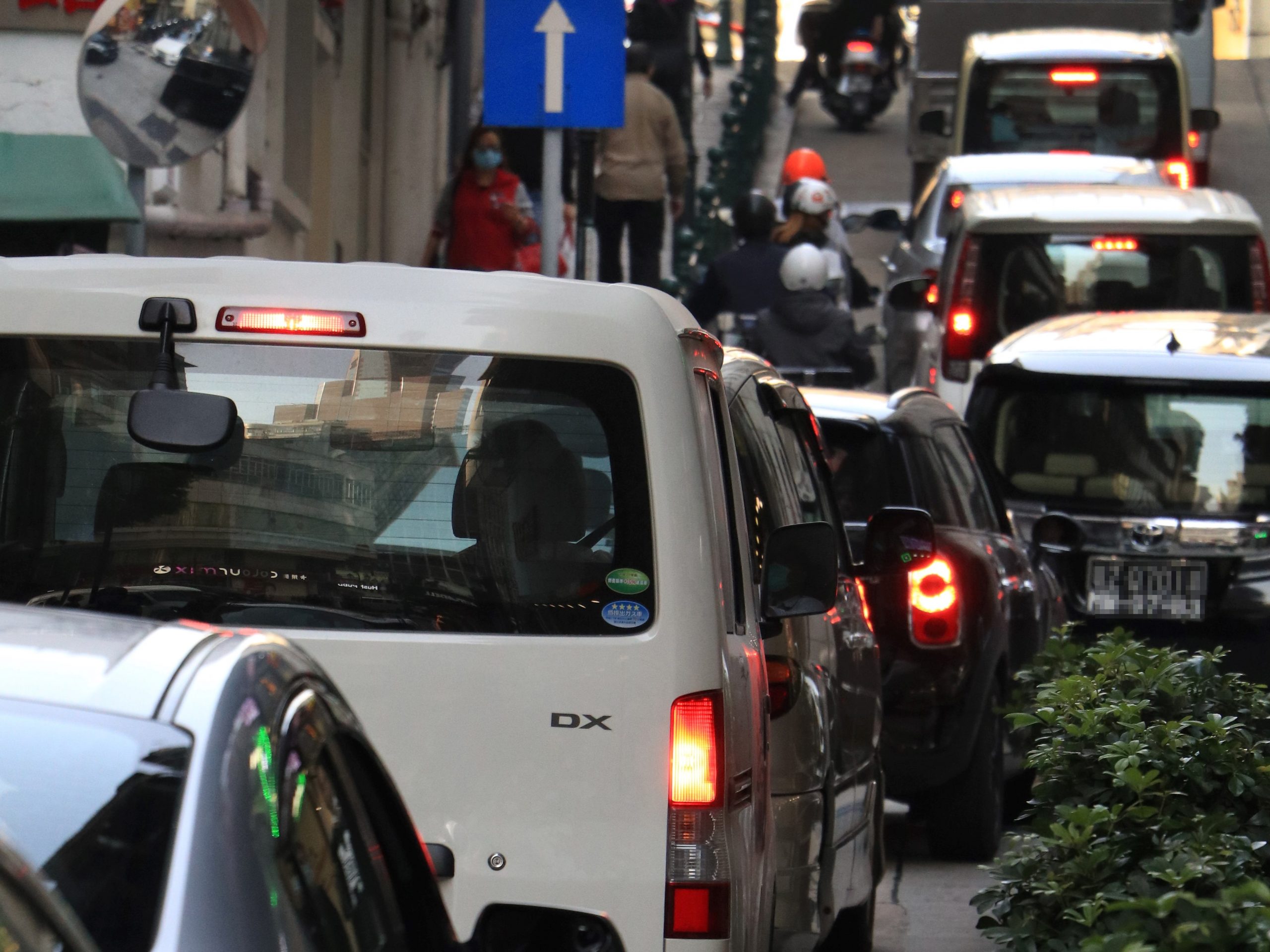
The 6th UN Global Road Safety Week (UNGRSW) focuses on advocacy for 30km/h limits as the norm on roads where people and vehicles mix. We know that lower speeds save lives, but there are also compelling environmental, health, sustainability, and equality arguments for 30km/h that road safety advocates should understand and leverage with their governments, in collaboration with other partners beyond road safety.
We spoke to Diana Odero of the UN Environment’s Share the Road program to get her perspectives on the environmental arguments for 30km/h.
Many experts believe that setting the speed limit within towns and cities at a maximum of 30km/h is safer for people and better for the environment.
Studies have shown that high vehicular speed in built up areas increases air pollution, because vehicles have to accelerate and decelerate more often.[1] Another study from Transport Environment argues that reducing speed results in large reductions in CO2 (about 15%), NOx (about 40%) and carbon monoxide (about 45%). Reducing speed also reduces traffic noise pollution by up to 3 decibels (40%).[2]
A report from the European Transport Conference examined evidence that 30km/h speeds might actually increase emissions. It found that while “emissions of most classic pollutants should not be expected to rise or fall dramatically”, it concluded that, overall, if limits are reduced to 30km/h that “exposure to the most toxic components of urban air pollution mixture is expected to decrease especially if the speed limit reduction is introduced as part of a balanced package of traffic measures.”[3]
The global car fleet is expected to triple by 2050 and greenhouse gas emissions from transport growing faster than any other sector. There is a stark need to reduce vehicle emissions. 30km/h limits in urban areas are one of the tools available, not only reducing toxic emissions but also by making the road environment more pleasant for pedestrians and cyclists. Slower speeds make it more likely that people will choose to walk or cycle, gradually shifting the balance of motorized transport in our communities.
Transportation also influences biodiversity. Jean-Paul Rodrigue explains in the Geography of Transport Systems, “The need to construct wider roads in order to accommodate the stopping distance required by higher speed vehicles has led to deforestation. Many animal species are becoming endangered as a result of changes in their natural habitats and reduction of ranges due to the fragmentation of their habitat by transport infrastructure.”[4]
Since the first 30km/h zone was started as a pilot project in Buxtehude, Germany in 1983, numerous other cities around Europe have followed suit. These 30km/h zones have reduced the number and severity of crashes and improved air quality.[5]
Another example would be in Belgium where a good number of streets and districts in residential areas with speed limits of 50km/h are converted into 30km/h zones. This is done not only to improve traffic safety, but also benefit the environment because of reduced fuel consumption and emissions (ETC, 2006).
Focusing on children is one way that NGOs can bring attention to the need for 30km/h streets. Children need streets that are safe for cycling and walking. At higher speeds, greater stopping distances are required and wider roads are needed. On the other hand, a 30 km/h urban speed limit allows for narrower roads; wider footpaths for pedestrians and playing children; and cyclists can move more safely, hence encouraging more cycling.
Lower speed streets improve quality of life, make communities more livable for families, and enable children to be more independent.[6] NGOs should therefore cooperate with other organizations with interests in building livable, sustainable communities.
NGOs should also engage with key government ministries to advocate for policies to promote a shift toward lower-emission, safer modes of transport.
They should also work with civil society and local traffic authorities to implement and enforce speed controls and limits that are appropriate to local circumstances, and design roads and settlements that take into account the needs of pedestrians and cyclists.
NGOs should work with development partners and banks to advocate for incentives to use the best available technologies and encourage ambitious vehicle emission standards and fuel quality requirements, in order to improve safety and reduce air pollutants, noise and fuel consumption.
30km/h speed limits help combat climate change through lower CO² emissions. It also ensures a safe space for pedestrians and cyclists, making walking and cycling much more enjoyable.
[1] The Guardian https://www.theguardian.com/environment/2010/apr/19/ask-leo-20mph-speed-limits-pollution
[2] Transport Environment https://www.transportenvironment.org/docs/Fact-sheets,%20responses,%20etc/11-00%20Lower%20%20urban%20speed%20limits.htm
[3] European Transport Conference https://trid.trb.org/view/846788
[4] Transportation and the Environment https://transportgeography.org/contents/chapter4/transportation-and-environment/
[5] 30km/h – making streets liveable http://en.30kmh.eu/why-30kmh-20-mph/
[6] WHO Transport, Environment and Health https://apps.who.int/iris/bitstream/handle/10665/326582/9289013567-eng.pdf
Image: Unsplash/Macau Photo Agency